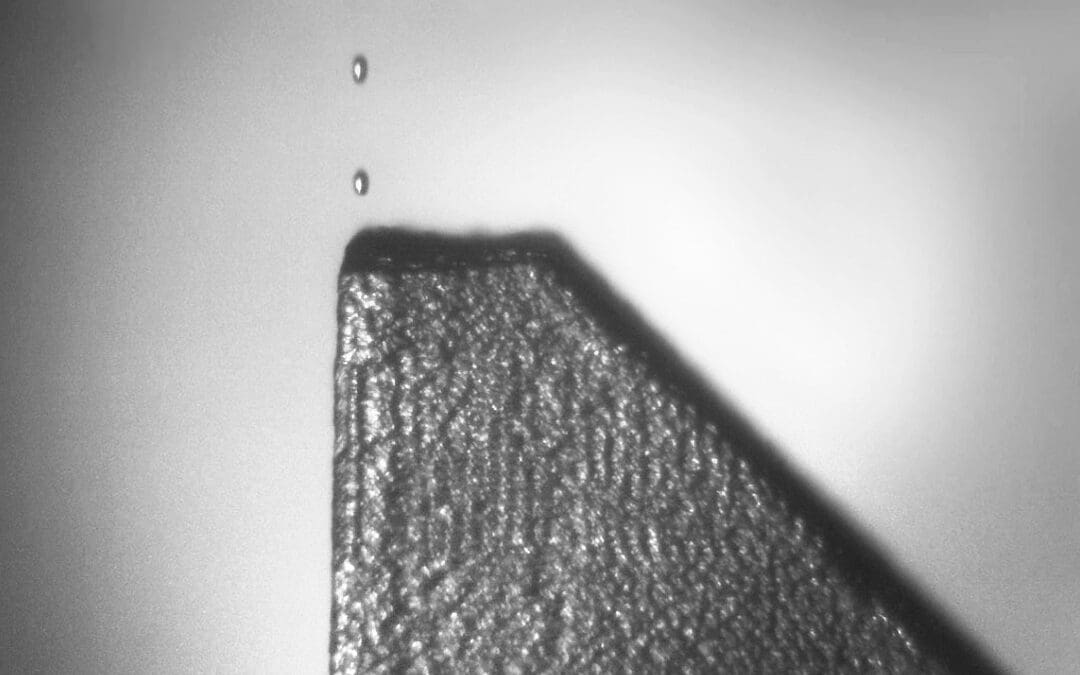What is Liquid Metal Jetting or LMJ?
Liquid Metal Jetting (LMJ), also known as Liquid Metal 3D Printing, is an innovative additive manufacturing technology that involves using molten metal as the feedstock to create three-dimensional objects layer by layer. Unlike traditional metal additive manufacturing methods, such as powder-based techniques or directed energy deposition, LMP employs the unique properties of liquid metals to achieve high-resolution and intricate metal parts.
The process typically involves the following steps:
1. Metal Feedstock: In LMJ, the raw material is a metal alloy, often heated to its molten state. These alloys usually have a low melting point and can remain in a liquid state at room temperature or slightly above.
2. Deposition: The molten metal is precisely deposited in controlled patterns or paths using specialized print heads or nozzles. This is similar in concept to how other 3D printing methods work, where layers of material are added incrementally to build up the final object.
3. Solidification: Once the molten metal is deposited, it rapidly cools and solidifies to form a solid layer. This layer-by-layer solidification process continues until the entire object is constructed.
4. Layer Bonding: The successive layers of solidified metal are bonded together as the printing process progresses. Proper bonding between layers is crucial to ensure the structural integrity of the final object.
5. Post-Processing: After the printing is complete, some post-processing steps might be necessary, such as heat treatment, machining, or surface finishing, to achieve the desired mechanical properties and surface quality of the final product.
Liquid Metal Jetting offers several unique advantages over other metal 3D printing methods:
– High Resolution: LMJ can achieve fine detail and intricate geometries that might be challenging to achieve using other methods.
– Speed: The ability to work with liquid metals allows for faster printing speeds, as the material can be rapidly deposited and solidified.
– Material Range: LMJ can potentially work with a broader range of metal alloys, including those with low melting points that might not be suitable for other metal AM methods.
– Cost Efficiency: The process could offer cost benefits due to the use of liquid feedstock instead of expensive metal powders.
However, like any technology, Liquid Metal Jetting also has its challenges, including managing the behavior of liquid metals during deposition, ensuring proper layer bonding, and addressing any potential issues related to cooling and solidification.
Overall, Liquid Metal Jetting holds significant promise for applications where high resolution, speed, and a diverse range of metal materials are essential. The acquisition of Elem Additive by ADDiTEC, as described in the articles, suggests that this technology is being recognized as a valuable addition to the additive manufacturing landscape.

